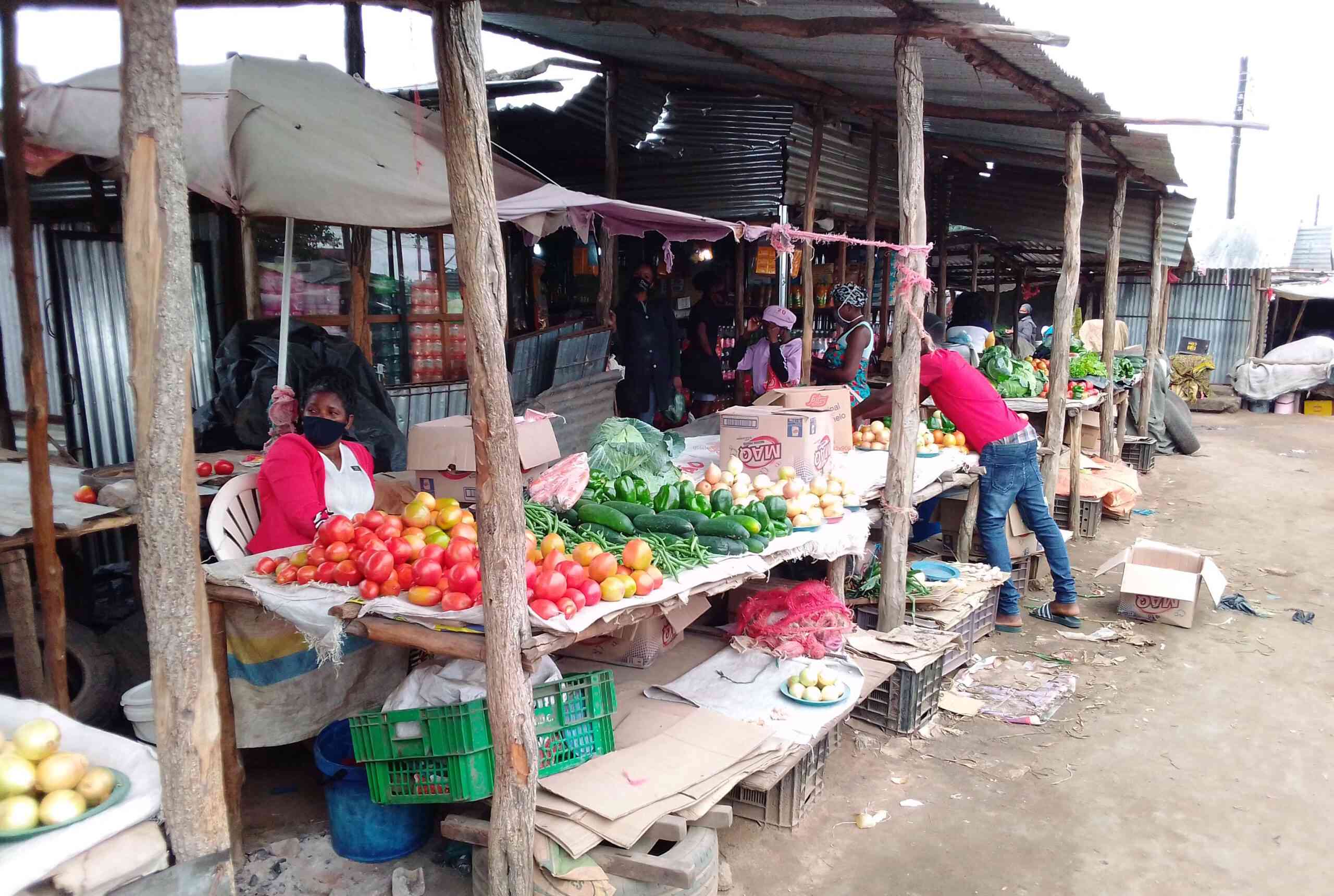
guest column:Peter Makwanya
In 2019, Zimbabwe through the efforts of the Higher Education, Science and Technology minister, Professor Amon Murwira, launched innovation hubs at some of the country’s leading institutions of higher learning. These are University of Zimbabwe, National University of Science and Technology, Midlands State University and Chinhoyi University of Technology, Zimbabwe National Defence University, among others. These hubs were designed to upscale technological innovations in order to produce goods and services for the country.
While these technology hubs appear complete in scope and design, there are critical and topical subjects like climate change which require a stand-alone entity, just like Centre for International Forestry Research, International Maize and Wheat Improvement Centre, International Crop Research Institute for the SemiArid Tropics, Scientific and Industrial Research and Development, among others. This article unpacks why there is need for climate innovation centres as stand-alone entities in Zimbabwe.
The pace at which climate change adaptation is unfolding, not only in Zimbabwe but in Sub-Saharan Africa, is not anything to go by. The climate innovation hub with its subsidiary centres in provinces and districts would plug the gaps established by the innovation hubs at universities. The climate innovation hubs, with their presence in provinces and districts, will be inclusive and instrumental in reaching out to communities in the marginal environments, whom, according to Sustainable Development Goals should not be left behind.
These communities, due to their grassroot nature, are supposed to be at the heart of sustainable development. Leaving them out would marginalise them further socio-culturally, technologically, economically and environmentally.
The biggest pitfall that is inherent in the country is that when authorities talk of research and innovation, they tend to down play the essential role played by the grassroots and the marginalised. That is the folly and monumental error of exclusion many developing countries commit. When researchers from developed countries come and visit the marginalised communities, locals tend to think that the aim of these visiting scholars would be to tell a bad story about Africa, but the truth is, that is where knowledge and information are.
With climate change being one of the greatest story of the 21st century and also the mother of all deadlines, Climate innovation hubs dotted around the country would be a milestone achievement. These would improve knowledge, promote food security, manage hunger and diseases, stop environmental injustices and marginalisation. Climate innovation hubs are what developing countries need, in order to sufficiently adapt to climate change, increase their coping strategies and resilience. Developing countries still need environmental safeguarding and climate proofing to protect their natural resources and desist from exploiting forest resources for their livelihoods and minimise carbon emissions, in line with post Paris COP 24, Nationally Determined Contributions.
Climate Innovation hubs have the capacity to network and engage communities and stakeholders using the correct pathways for reaching out and context specific information dissemination.
- Chamisa under fire over US$120K donation
- Mavhunga puts DeMbare into Chibuku quarterfinals
- Pension funds bet on Cabora Bassa oilfields
- Councils defy govt fire tender directive
Keep Reading
In this regard, beneficiaries who would have been left out through structural barriers of omission and commission would have the chance to be accommodated. Also, sustainable simple rural technologies that appeal to the communities’ life experiences and worldviews can be designed to play vital roles in a sustainable earth for sustainable communities. These simple rural technologies administered from the proposed climate information hubs and also using the bottom-up approaches and horizontal pathways more than the top-down ones, can transform and deliver resilient solutions to poor rural communities. For these reasons, it’s not only the elite, academics and researchers who get empowered but everyone through collective and participatory stakeholder mapping.
Through appropriate community-based stakeholder mapping, resilience would be key in delivering socio-ecological systems for context specific adaptive systems which do not normally require a top-down or linear approach. The confinement of climate innovation hubs to tertiary institutions remains important for strategic partnerships but can be abused for gate-keeping purposes hence for the promotion of chinhu-chedu (our own designs) instead of diversified social and technological innovations which are people oriented. Human centred innovations would be able to solve accelerating environmental problems and deliver desired climate solutions for resilience building purposes.
Addressing climate change and environmental problems don’t need commodification but ownership. This is done through transformations and inclusive pathways aimed at disabling entrenched and institutionalised poverty structures. These continue to pose challenges to resilience efforts and climate solutions which are community based and human centred.
Of course universities would continue to spearhead research and innovation activities, retain their mandate and reputation as bastions of knowledge delivery systems but if climate innovations are exclusively embedded in their systems, then there can be unhealthy ownership domains.
Decentralised climate information hubs would help developing countries to attract relevant funding and realise climate change opportunities at their disposal. These would enable them to become pipelines for entrepreneurial ventures designed to offer climate relevant services to the targeted stakeholders and beneficiaries. What separates developing countries from developed ones is that the latter can produce goods and services which can also be dumped in developing countries.
Through the day-to-day interactions with climate-related challenges, communities would also be able to realise value in solving environmental and climate change problems as compared to being passive recipients of information. The idea is not to lecture the communities but to unlock unlimited value in them and contribute not only to economic growth but also to environmental stewardship.
Around the world, Climate innovation hubs are sustainable ways to strengthen climate technologies in developing countries. Zimbabwe as one of the developing countries should indeed abide by what other developing countries are practising. As the world’s poorest countries are found in developing countries, and at the same time these would be hardest hit by climate change, this country has to embark on proactive efforts to build resilience. This can only be achieved by taking these climate innovations to the people, through decentralisation and diversification. This would enable the grassroots to take advantage of the opportunities provided by climate change like reforestation programmes for carbon capture and storage, utilisation of solar power clean energy efficiency, participating in climate smart agriculture and utilisation of village information centres for vital information sharing and dissemination.
Climate information hubs would go a long way in contributing to the country’s vision of transforming to a middle-income economy by 2030. Context specific, procedural, structural and institutional barriers that impede development in developing countries would be dealt with differently in various geographical locations. This will be done in order to adapt simple rural technologies to local conditions and subsequently meet the technology and development needs of communities.
The developing countries have the will to develop, sadly, they lack sustainable and empowering capacities to see through their visions and aspirations. As such, although everything should be locally driven and inwardly focused, they also require external partners to help in strengthening climate innovation hubs through sustainable climate coalitions and collaborations.











